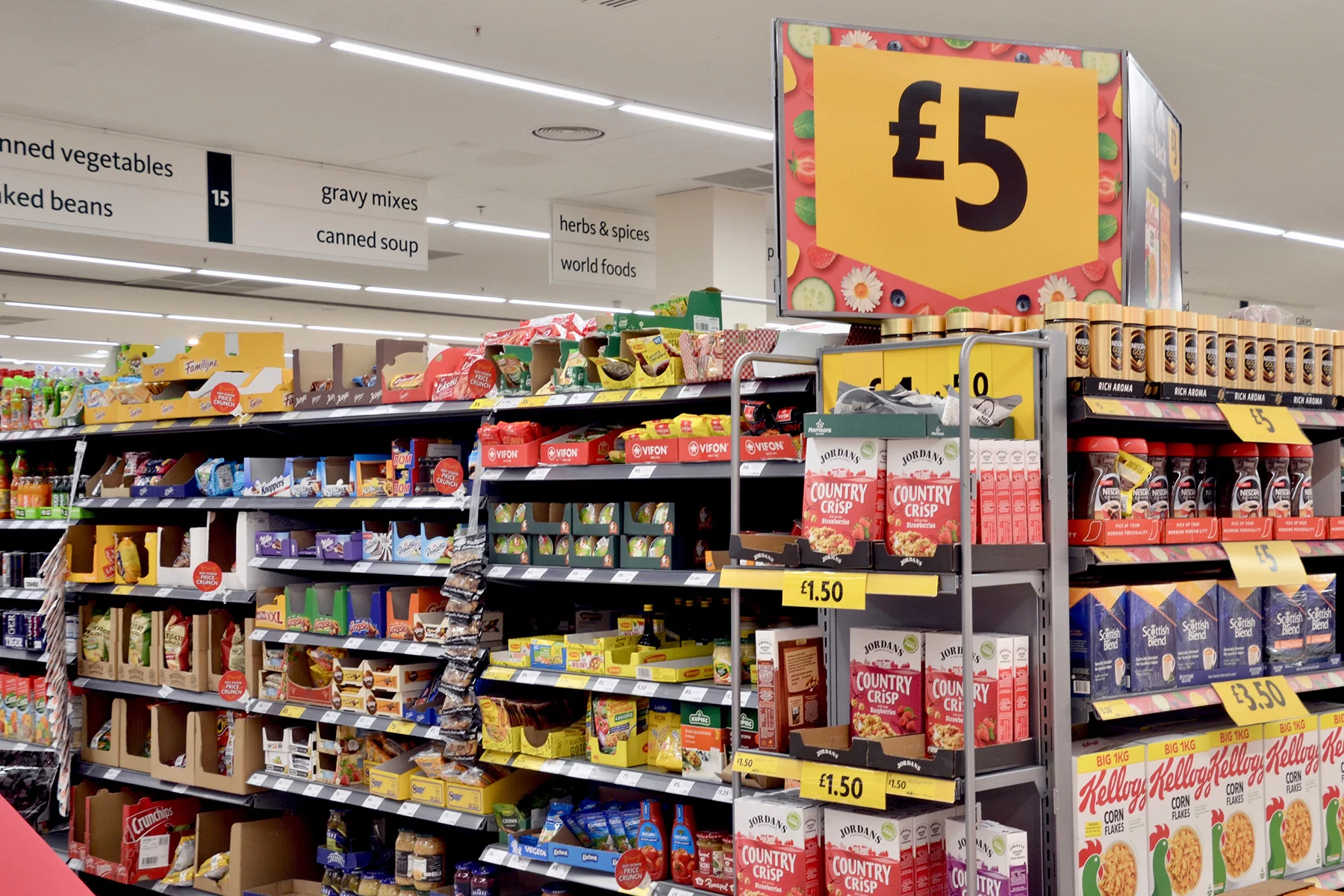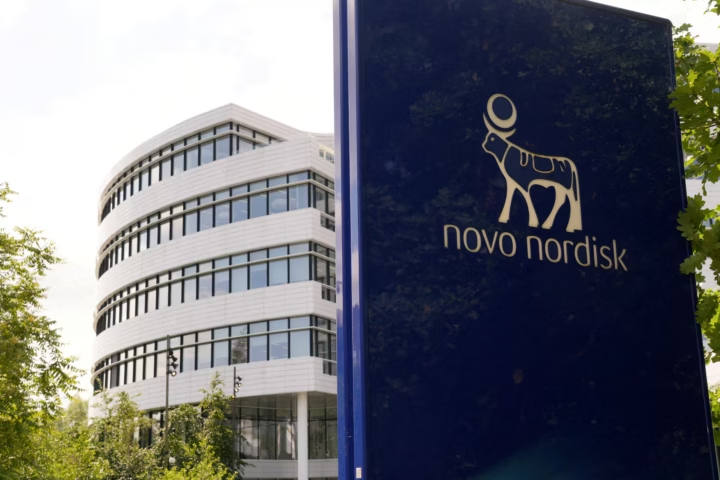A food prices inflation warning was issued in the UK in 2025, with more price hikes expected later this year.
As the UK grapples with persistent inflation, food prices have emerged as a significant concern for households. In 2025, food inflation has been notably high, impacting daily expenses and contributing to the ongoing cost-of-living crisis.
Current Food Prices Inflation Rates
As of October 2025, the UK’s food and non-alcoholic beverage inflation rate stood at over 5%, marking the highest rate since January 2024. This uptick follows a steady increase from 3.3% in January 2025, driven by various factors including rising global commodity prices and domestic economic pressures.
Key Drivers of Rising Food Prices
Several factors have contributed to the surge in food prices:
- Global Commodity Prices: International food prices have risen by approximately 8% year-on-year, influenced by global supply chain disruptions and climatic events affecting production.
- Domestic Labour Costs: The UK’s relatively high wage growth, including a 6.7% increase in the National Living Wage in April 2025, has led to higher production and operational costs for food manufacturers and retailers.
- Regulatory Changes: New regulations, such as packaging taxes and environmental policies, have increased operational expenses for food producers and retailers, which are often passed on to consumers.
- Brexit-Related Trade Barriers: Post-Brexit changes have introduced trade barriers and reduced subsidies, impacting the cost and availability of imported food products.
Consumer Impact
The rising food prices have had a tangible impact on consumers:
- Increased Grocery Bills: Households are experiencing higher costs for everyday items, with staples like beef, butter, and chocolate seeing significant price increases. For instance, beef prices have risen by nearly 25% compared to the previous year.
- Strain on Low-Income Families: Families with lower disposable incomes are disproportionately affected, as a larger portion of their budget is allocated to food expenses. This has led to increased financial strain and a rise in food insecurity among vulnerable populations.
- Shift in Consumer Behavior: Many consumers are adjusting their shopping habits, seeking discounts, and opting for value brands to manage the increased costs. Promotional spending has surged, with nearly 30% of grocery spending now directed towards discounted items.
Forecast for the Remainder of 2025
Experts anticipate that food inflation will continue to rise in the coming months:
- Projected Peak: The British Retail Consortium (BRC) forecasts that food inflation could reach 5.7% by December 2025, potentially remaining above 5% well into 2026 if further tax increases are implemented.
- Retail Industry Concerns: The BRC has warned that additional tax burdens on the retail sector could exacerbate inflationary pressures, as businesses may pass on increased costs to consumers.
Government Warning and Outlook
The UK government faces challenges in addressing the rising food prices:
- Policy Measures: Chancellor Rachel Reeves is considering targeted measures, such as reducing VAT on energy bills and cutting regulated rail fares, to alleviate the cost-of-living pressures. However, these measures may have limited impact on food price inflation.
- Economic Forecasts: The International Monetary Fund (IMF) projects that the UK will experience the highest inflation among G7 nations in 2025 and 2026, with food prices being a significant contributor to this trend.
Looking Ahead: More Food Price Inflation
The warning signs regarding rising food prices in the UK are evident, with inflation rates reaching levels not seen since early 2024.
Consumers are feeling the impact through higher grocery bills and adjusted spending habits. While the government is exploring measures to mitigate the cost-of-living crisis, the persistence of food inflation suggests that households may need to continue adapting to the evolving economic landscape.







